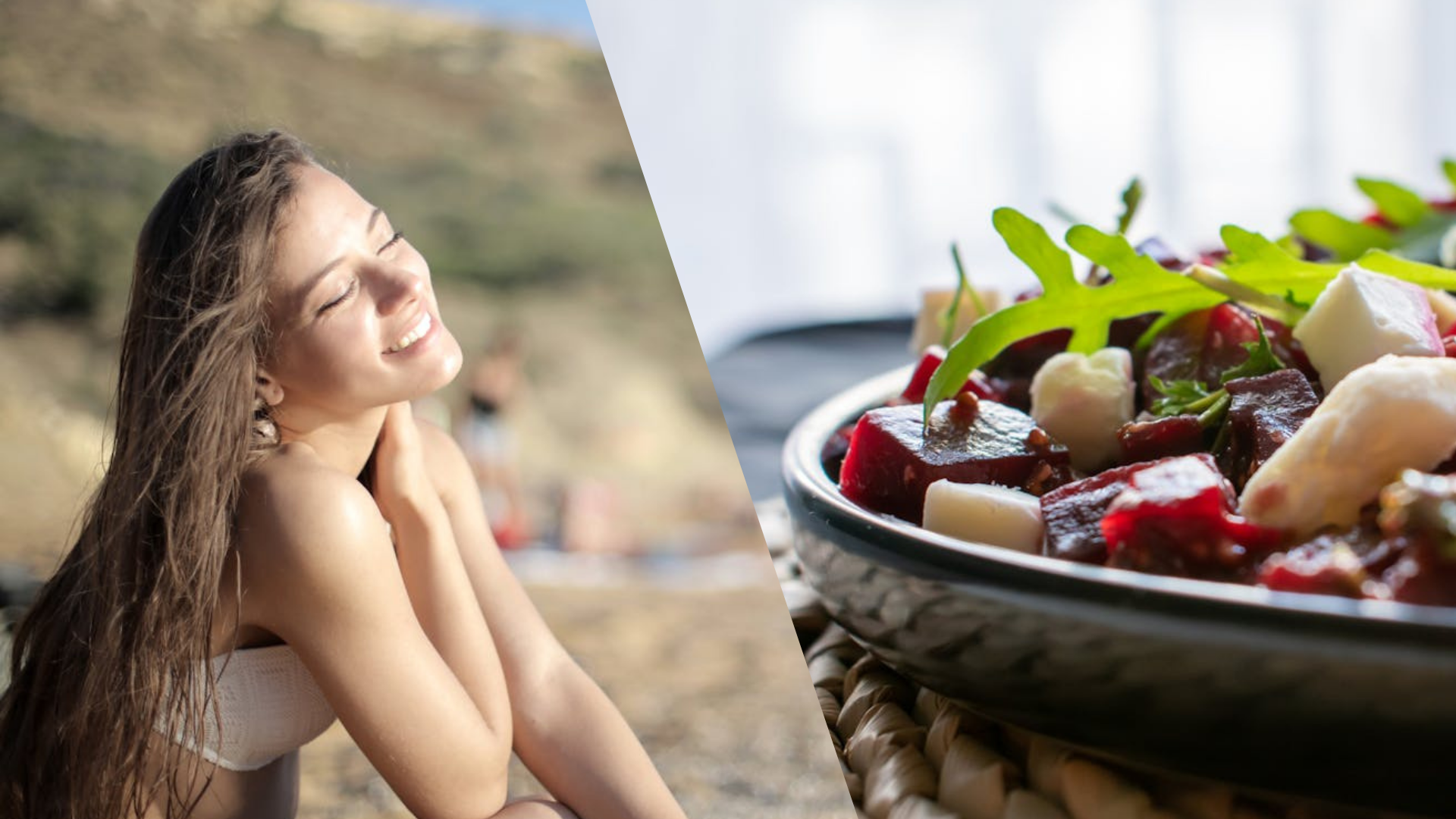Around one-third of women under 50 are iron-deficient, yet many are unaware of what this means or how to address it. We spoke with functional medicine expert Leona West Fox to shed light on iron deficiency, its symptoms, and how to manage it effectively.
What is Iron Deficiency?
Iron deficiency occurs when your body lacks enough iron to produce hemoglobin, a protein in red blood cells that transports oxygen to tissues and organs throughout your body. Without sufficient iron, your body can’t function optimally, leading to various health issues.
Why Are Women More Prone to Iron Deficiency?
Iron deficiency is particularly common in women due to monthly blood loss during menstruation. Pregnancy also increases the body’s need for iron, as it’s crucial for the baby’s development. However, iron levels can also be impacted by genetic factors, gut health issues, or underlying health conditions.
Common Symptoms of Iron Deficiency
The most common sign of low iron is fatigue or constantly feeling low on energy. Other symptoms include:
- Mood changes
- Weak hair and nails
- Pale skin
- Dizziness or shortness of breath in severe cases
If you’re experiencing these symptoms, it’s important to consult your doctor and request lab tests such as a CBC panel, total iron, and ferritin.
Misconceptions About Iron Deficiency
There are some common misconceptions about iron deficiency that need to be clarified:
- Misconception: Poor diet is always the cause. Truth: While diet is a factor, genetics, heavy periods, gut health issues, and low B12 can also lead to iron deficiency.
- Misconception: Low iron isn’t a serious problem. Truth: Iron deficiency can affect your physical and emotional well-being. Women trying to conceive should pay close attention, as low iron can decrease fertility.
Tips for Managing Low Iron Levels
If you have low iron, here are a few practical tips to help improve your levels:
- Eat Iron-Rich Foods There are two types of iron: heme (from animal sources) and non-heme (from plant sources). Heme iron is more easily absorbed by the body, so try to include both types in your diet.Heme iron sources:Non-heme iron sources:
- Leafy greens
- Beans
- Nuts and seeds
If you follow a plant-based diet, you’ll need to consume more non-heme iron to meet your body’s needs, and supplementation may be necessary.
- Pair Iron with Vitamin C Vitamin C helps your body absorb iron more effectively. Include foods like citrus fruits or bell peppers with your iron-rich meals to boost absorption.
- Support Your Gut Health Your gut plays a key role in how well your body absorbs and uses iron. Improving gut health can enhance iron absorption, so consider focusing on a gut-friendly diet.
- Avoid Taking Iron with Calcium High doses of calcium can interfere with iron absorption. If you’re taking both supplements, it’s best to space them out throughout the day.
- Follow Dosage Instructions Carefully Always follow the recommended dose when taking iron supplements. Excess iron can cause health problems, so it’s important to monitor your intake and retest your levels every few months.
Iron deficiency is common but treatable, especially if caught early. By incorporating iron-rich foods into your diet, pairing them with vitamin C, and managing your supplementation wisely, you can maintain healthy iron levels and feel your best.
Disclaimer: The content of this article is for informational purposes only and does not replace professional medical advice. Always consult with a healthcare provider before making any changes to your diet or supplement routine.
Sources:
- Leona West Fox, Functional Medicine Specialist
- Poosh, LLC Health Content
